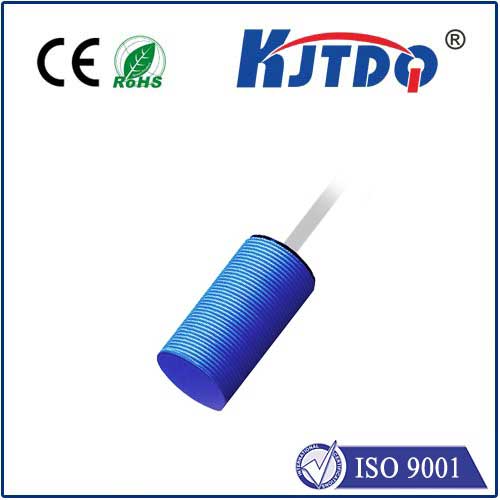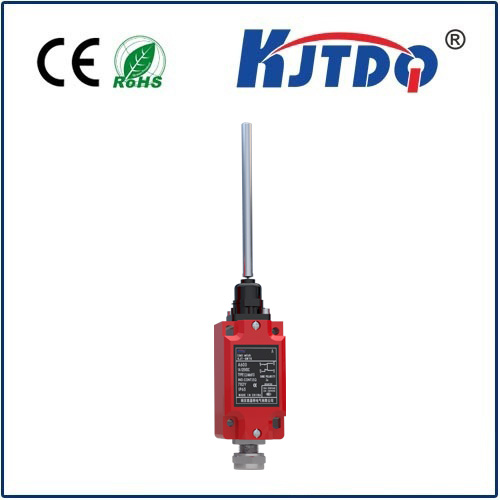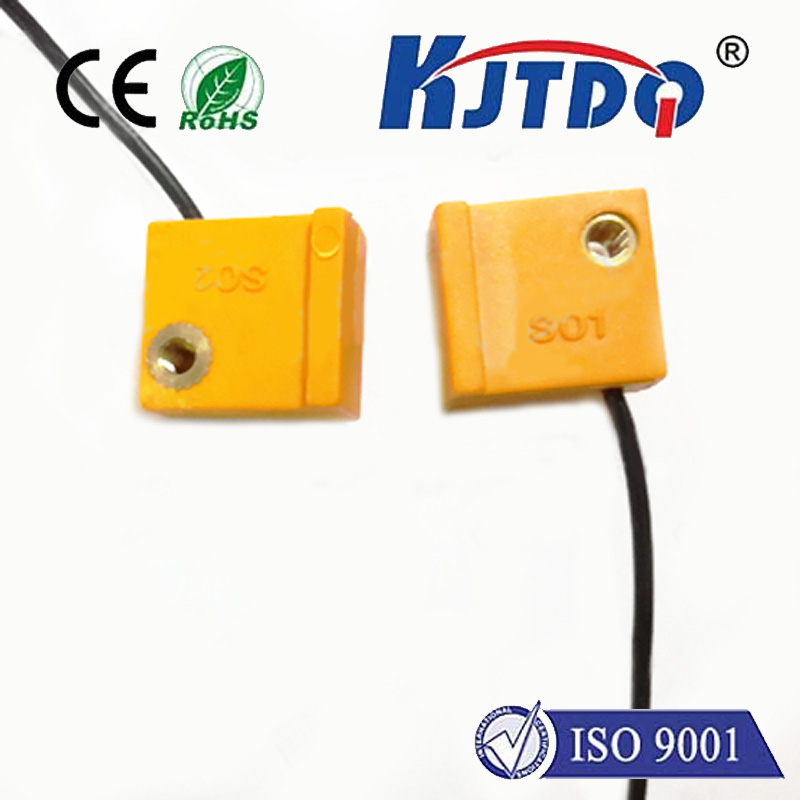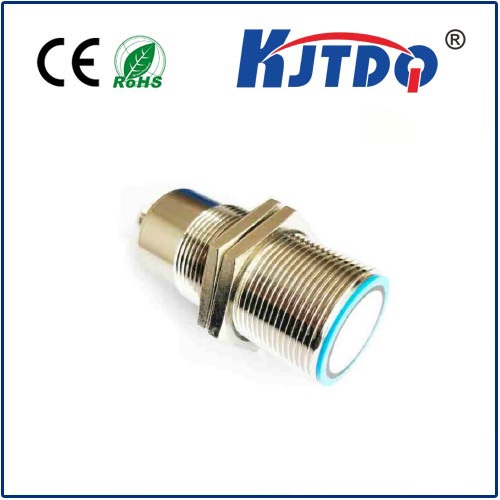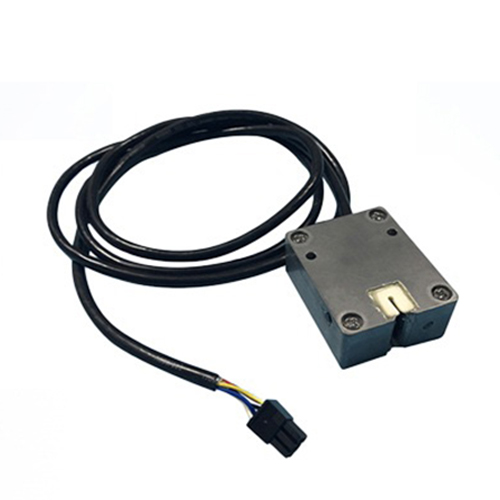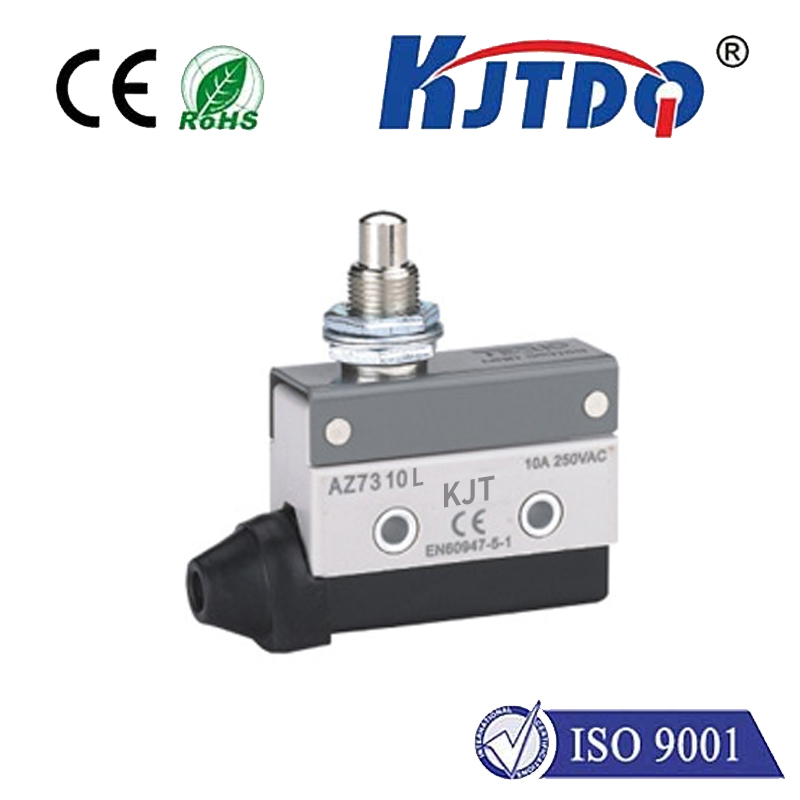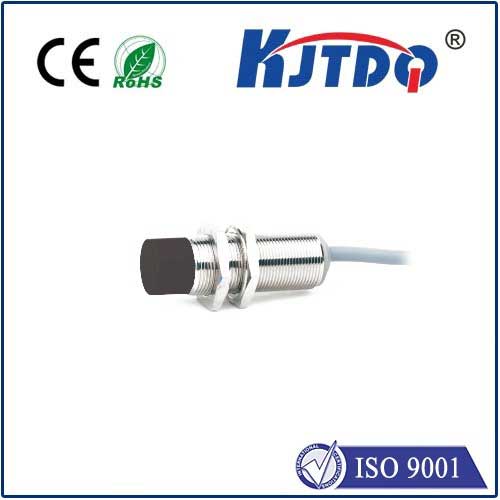lj12a3 4 z proximity sensor
- time:2025-07-01 01:21:46
- Click:0
Precision Detection in Harsh Environments: Mastering Automation with the LJ12A3-4-Z Proximity Sensor
The relentless drive for efficiency, safety, and reliability defines modern industrial automation. At the heart of countless machines and processes lies a critical, often unseen component: the proximity sensor. Among these, the inductive proximity sensor stands as a workhorse, and models like the LJ12A3-4-Z exemplify the robustness and precision required in demanding factory settings. This sensor isn’t just a component; it’s a fundamental enabler of seamless, collision-free, and highly repeatable operations.
The LJ12A3-4-Z is specifically engineered for one primary task: detecting the presence or absence of metal objects without any physical contact. This non-contact detection capability is its superpower. Imagine high-speed assembly lines, robotic arms maneuvering with precision, or CNC machines rapidly changing tools. Physical switches would wear out quickly under such conditions, leading to costly downtime and maintenance. Inductive sensors like the LJ12A3-4-Z, however, operate reliably for millions of cycles, silently ensuring smooth operation.
So, how does this little guardian actually work? The principle is elegantly simple, rooted in electromagnetism. Inside the sensor’s housing, a coil generates a high-frequency oscillating electromagnetic field around its sensing face. When a metal object enters this field (within its specified 4mm sensing range), it induces small eddy currents on the metal surface. These eddy currents draw energy from the coil’s oscillating circuit. The sensor’s internal electronics are precisely tuned to detect this energy loss, triggering a change in its output state. Crucially, non-metallic materials (like plastic, wood, or liquids) generally do not affect the field, making the LJ12A3-4-Z highly selective for metal targets.

The designation “LJ12A3-4-Z” itself conveys key specifications:
- LJ: Often indicates the series or manufacturer’s line (common in industrial sensors).
- 12: Refers to the sensor’s barrel diameter – 12mm, a standard size for easy mounting.
- A3: Typically denotes the electrical output configuration. An “A3” often signifies an NPN normally open (NO) output transistor. This means the output switches to a low-voltage state (essentially connecting the output wire to ground) when a target is detected within range.
- 4: Clearly specifies the nominal sensing distance of 4mm. This is the rated distance at which a standard metal target (usually 1mm thick mild steel) will reliably trigger the sensor in ideal conditions. Actual sensing distance can vary slightly based on target material, size, and mounting conditions.
- Z: Frequently indicates a specific feature set. In many contexts, “Z” signifies an unshielded or flush-mounting design. Unshielded (Flush-Mountable) sensors like the LJ12A3-4-Z can be installed flush with surrounding metal without losing their sensing capability, offering significant flexibility in tight spaces or where protection is needed. (Always verify against the specific manufacturer’s datasheet for confirmation).
Key performance characteristics solidify its role in industrial environments:
- Robust Construction: Typically housed in nickel-plated brass or stainless steel, offering excellent resistance to impact, vibration, and common industrial coolants or cutting fluids.
- Environmental Protection: Almost invariably rated IP67, meaning it’s dust-tight and can withstand temporary immersion in water up to 1 meter deep. This resilience is vital for washdown areas or dirty shop floors.
- Electrical Compatibility: Usually operates on a wide 10-30V DC voltage range, making it compatible with most standard industrial control systems (PLCs). The NPN output integrates seamlessly into typical sinking input circuits.
- Reliability & Longevity: Designed for millions of operating cycles, virtually maintenance-free.
Where does the LJ12A3-4-Z proximity sensor truly shine? Its applications are vast across automation:
- Position Sensing: Verifying cylinder piston position, confirming tool changer status in CNC machines, checking door/gate closure on automated equipment.
- Object Detection: Counting metal parts on a conveyor belt, confirming the presence of pallets or containers, detecting metallic components in assembly processes.
- End-of-Travel Limits: Safely signalling the end position of moving elements like slides or lifts.
- Speed Monitoring: Detecting the teeth of a rotating metal gear to calculate RPM.
- Safety Interlocks: Ensuring guards are closed before machinery can operate. Its ability to detect metal objects discreetly and reliably makes it indispensable in packaging, automotive, material handling, metalworking, and countless other sectors.
Maximizing the potential of your LJ12A3-4-Z sensor involves attention to detail:
- Mounting: Ensure stable, vibration-free mounting. For flush-mountable sensors like this, embed it within metal if possible for protection, maintaining the sensing face flush with the surrounding surface.
- Target: Use a suitable metal target (mild steel is standard). The target size should be at least equivalent to the sensor’s sensing face diameter for reliable detection at the rated distance. Remember that different metals (stainless steel, aluminum, brass) will have slightly reduced sensing ranges compared to mild steel.
- Electrical Connection: Connect the NPN output correctly to your PLC or controller’s sinking input. Ensure the power supply (10-30V DC) is stable and properly grounded. Double-check polarity to prevent damage.
- Environmental Factors: While robust, avoid excessive buildup of metallic debris directly on the sensing face. Shield the sensor from intense heat sources beyond its specified range and powerful electromagnetic interference where feasible.
The LJ12A3-4-Z inductive proximity sensor represents a perfect blend of proven technology, rugged engineering, and focused functionality. Its non-contact metal detection capability, encapsulated within a compact, durable 12mm housing with a reliable 4mm range and versatile NPN output, addresses fundamental needs within automation. Understanding its operating principle, key specifications like its unshielded design (implied by “Z”), and practical application nuances is crucial for engineers and technicians seeking to optimize machine performance, enhance safety, and minimize downtime. In the intricate dance of automated systems, sensors like the LJ12A3-4-Z are the silent, dependable partners ensuring every step is precise and collision-free, proving that robust proximity sensing remains a cornerstone of industrial efficiency.






